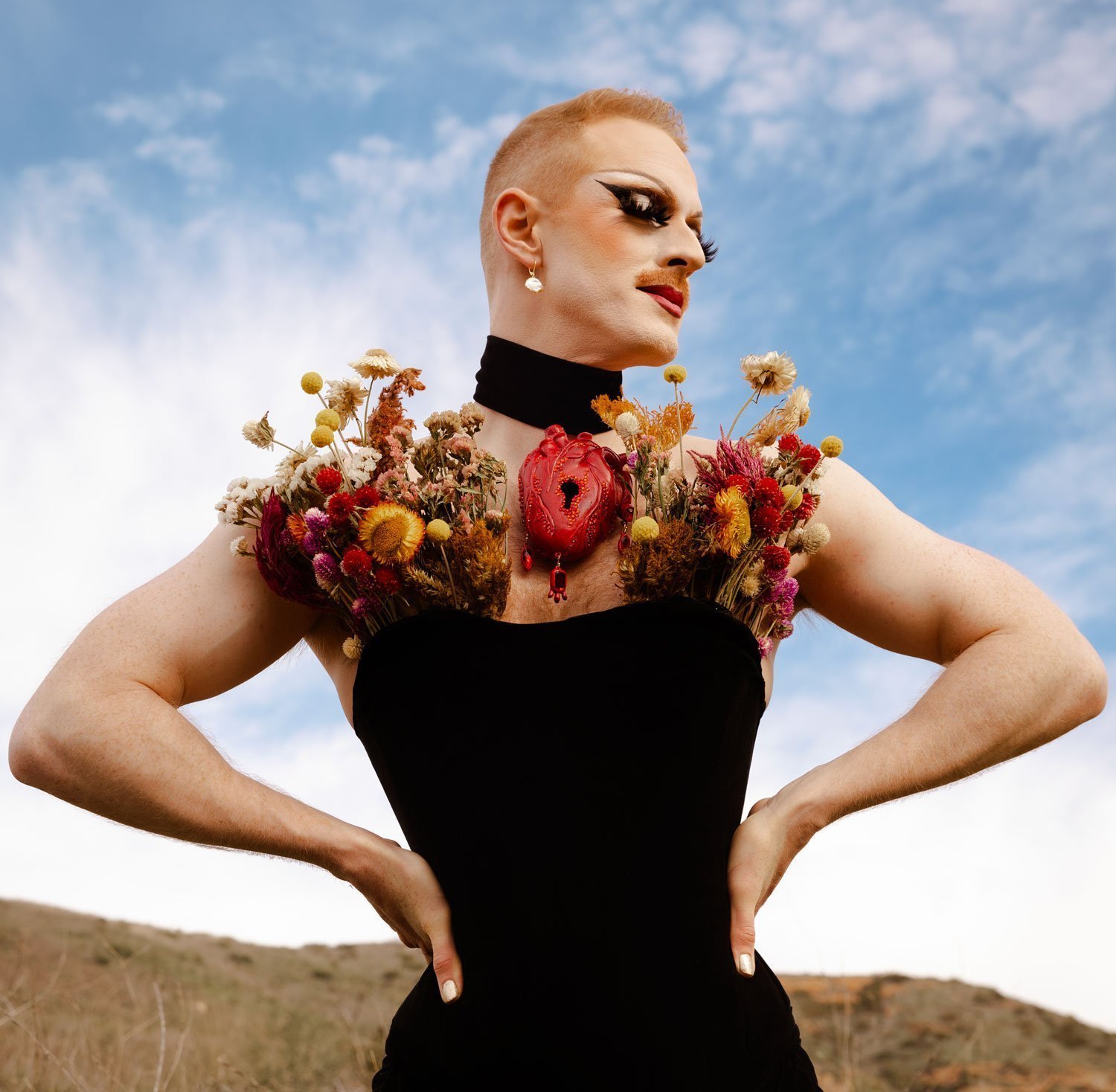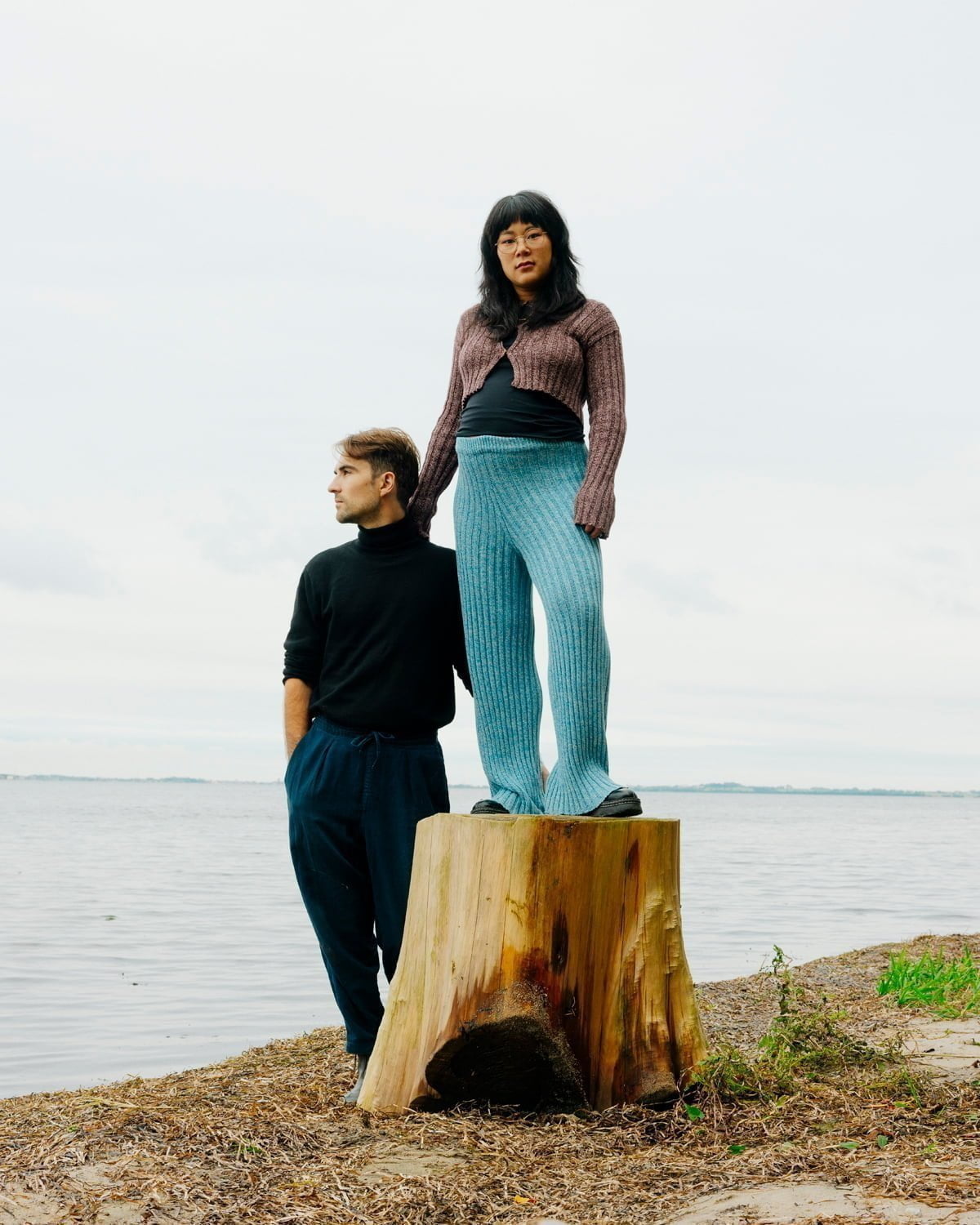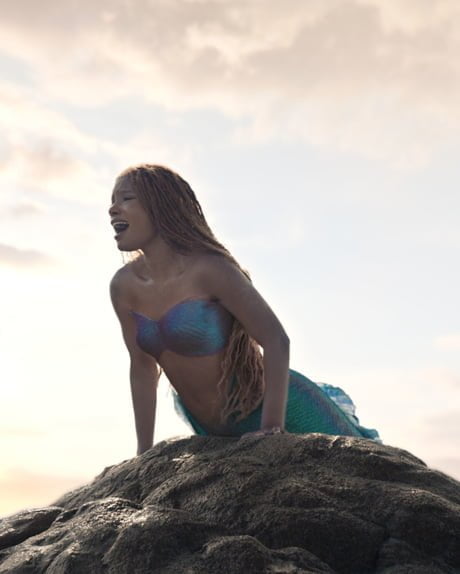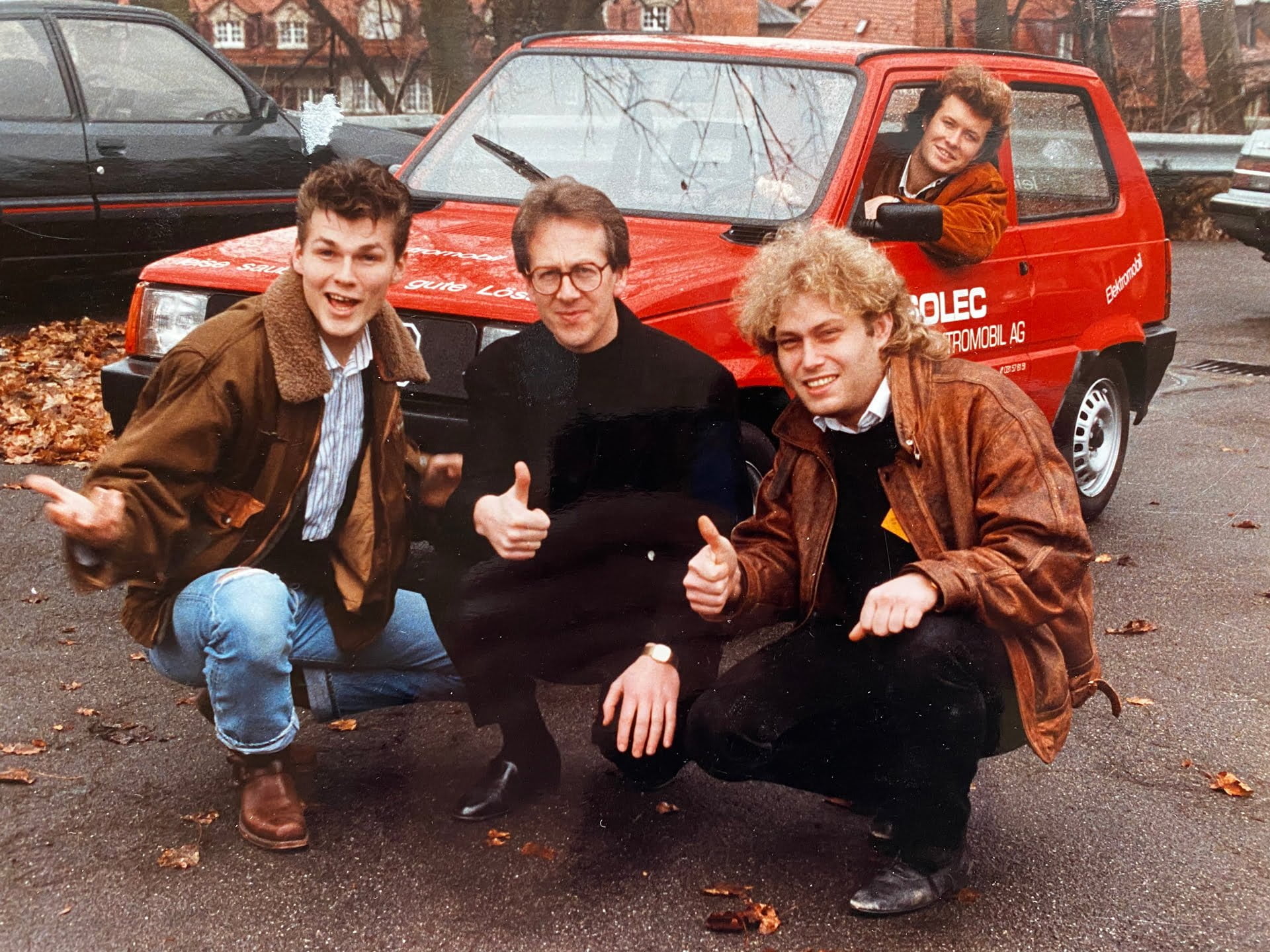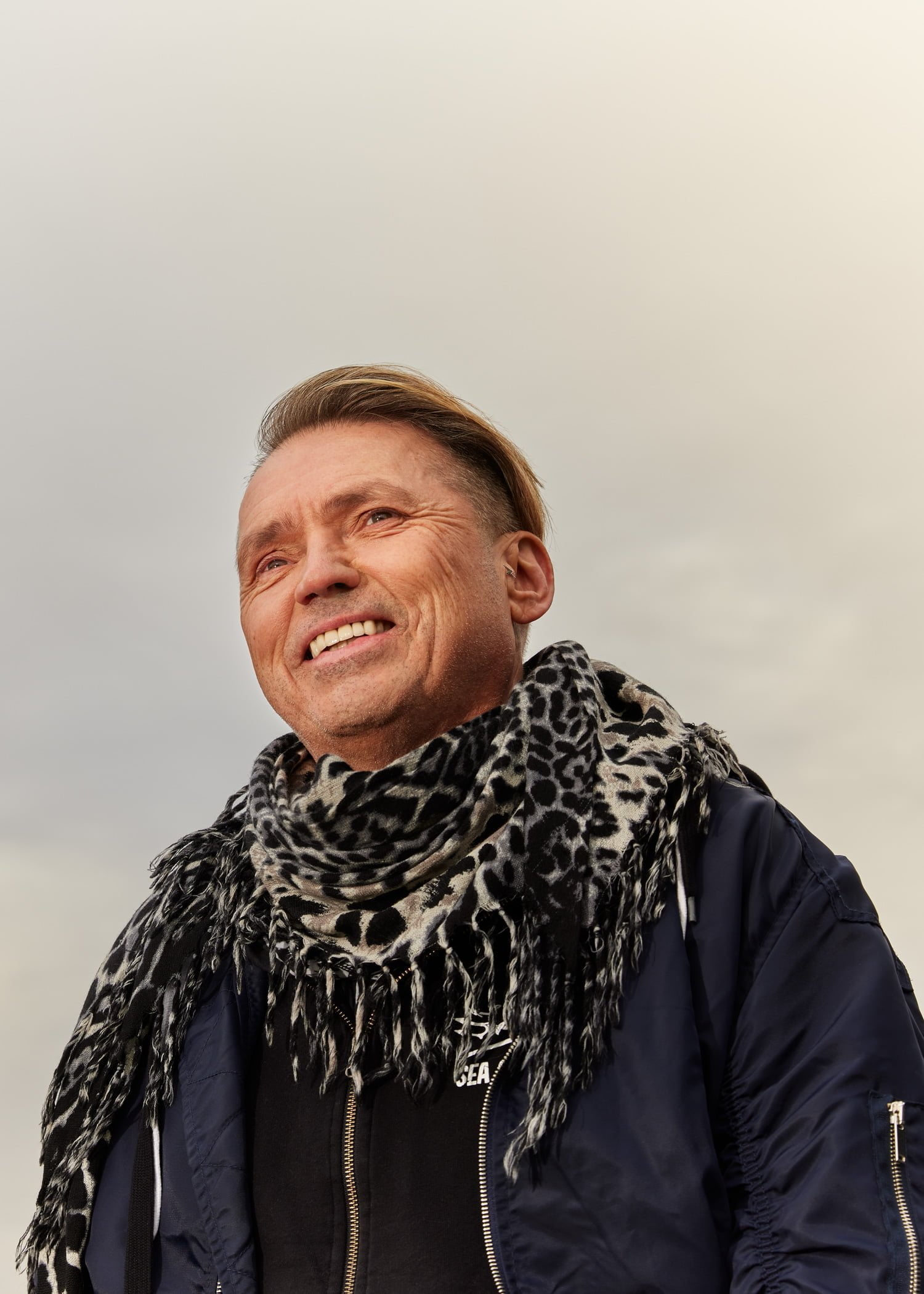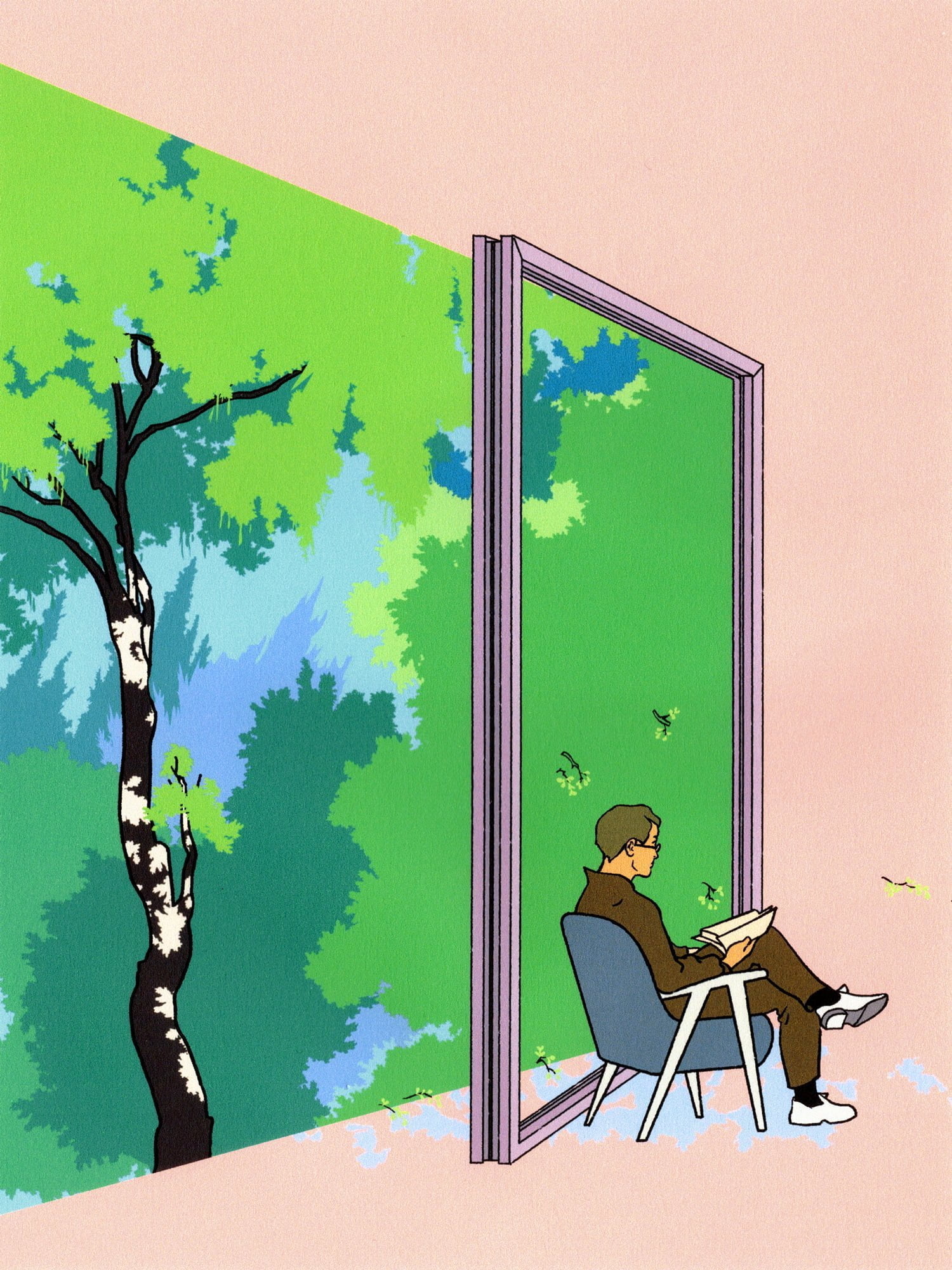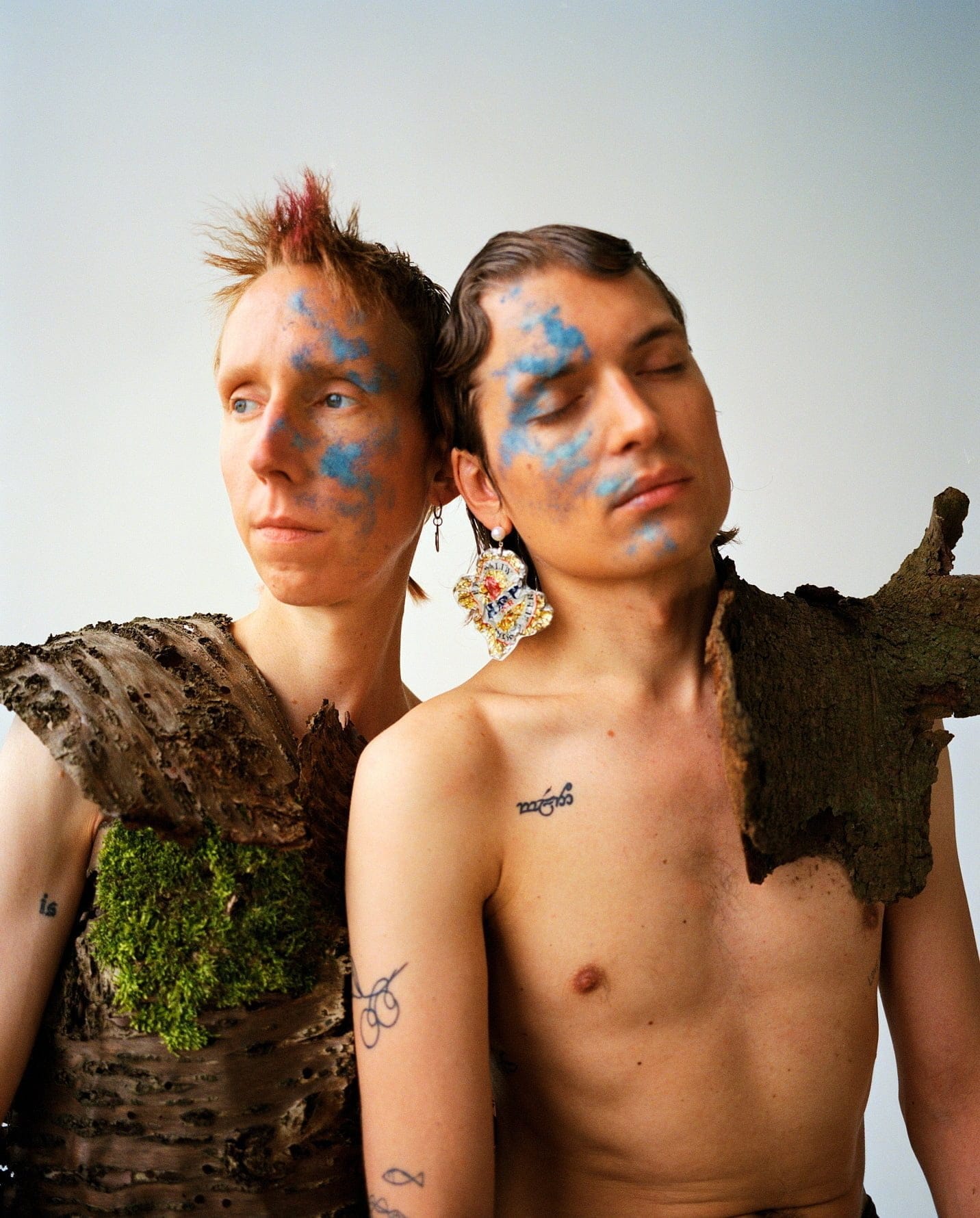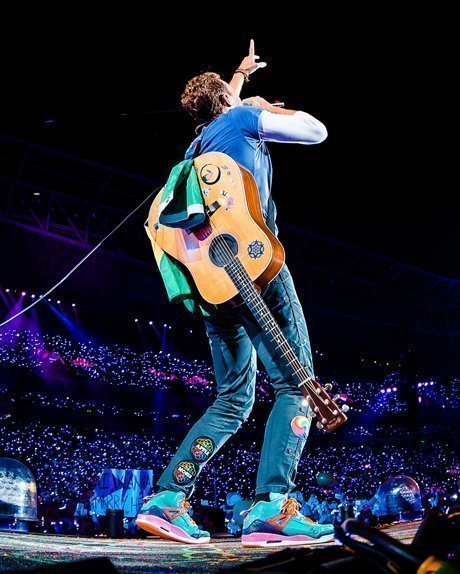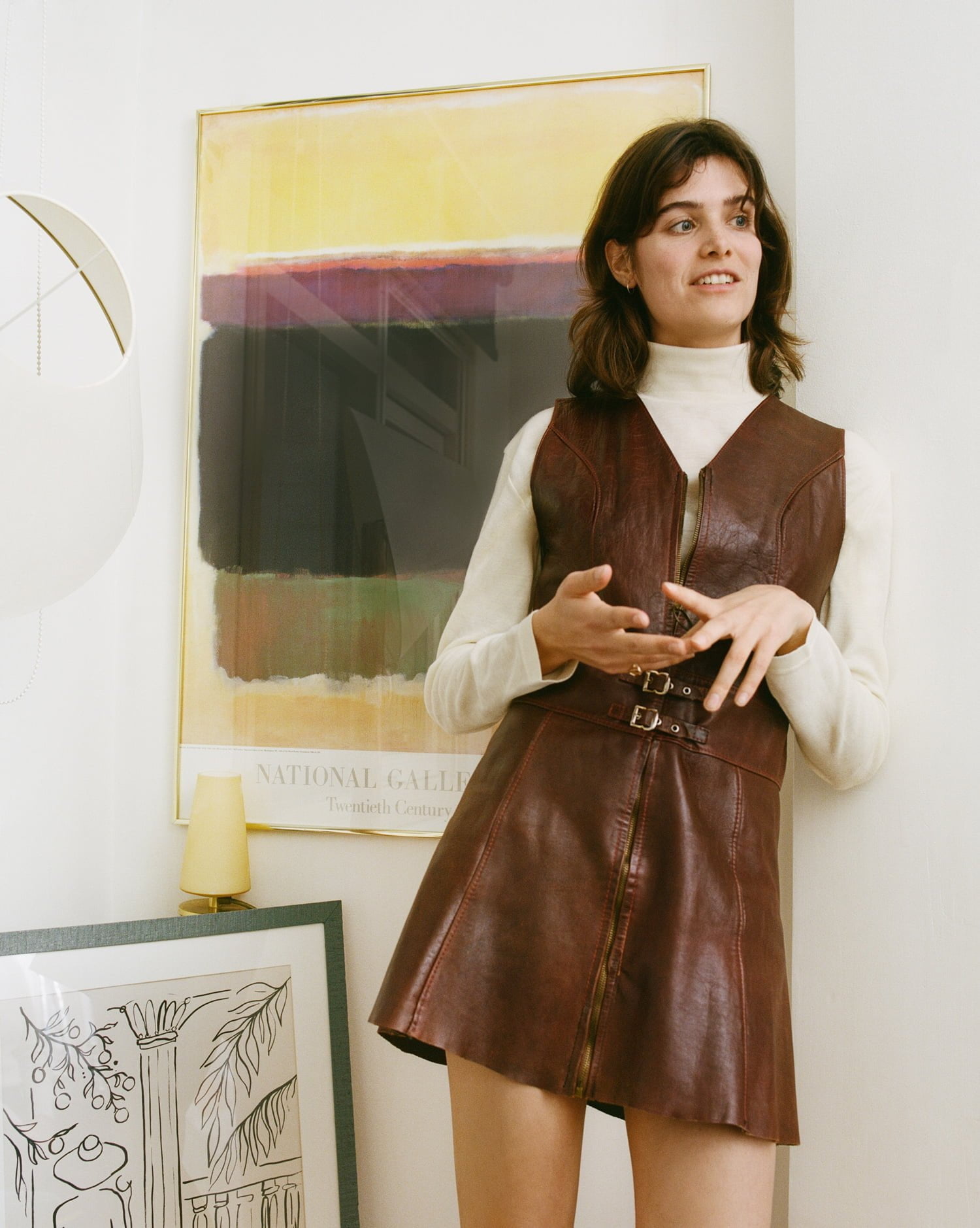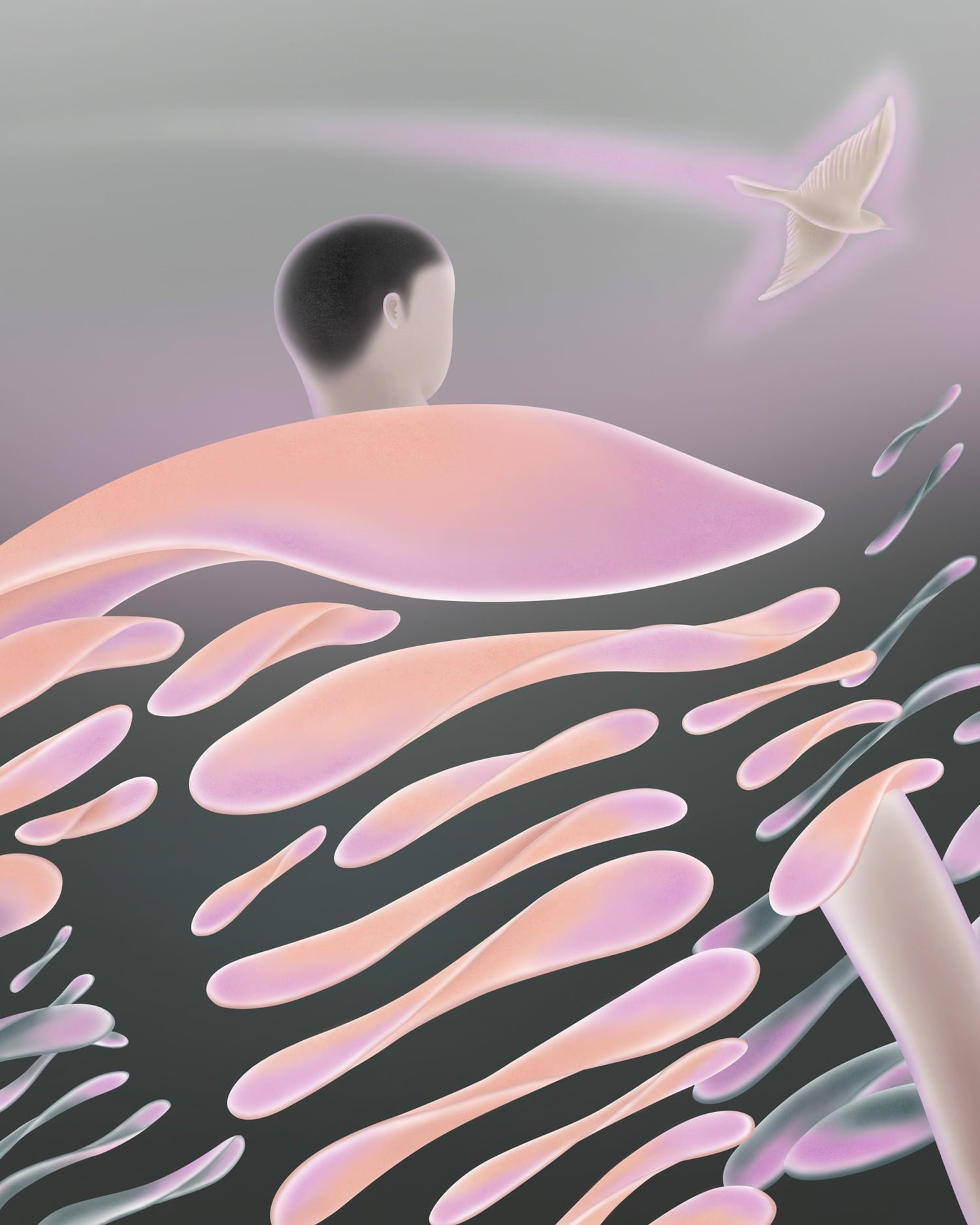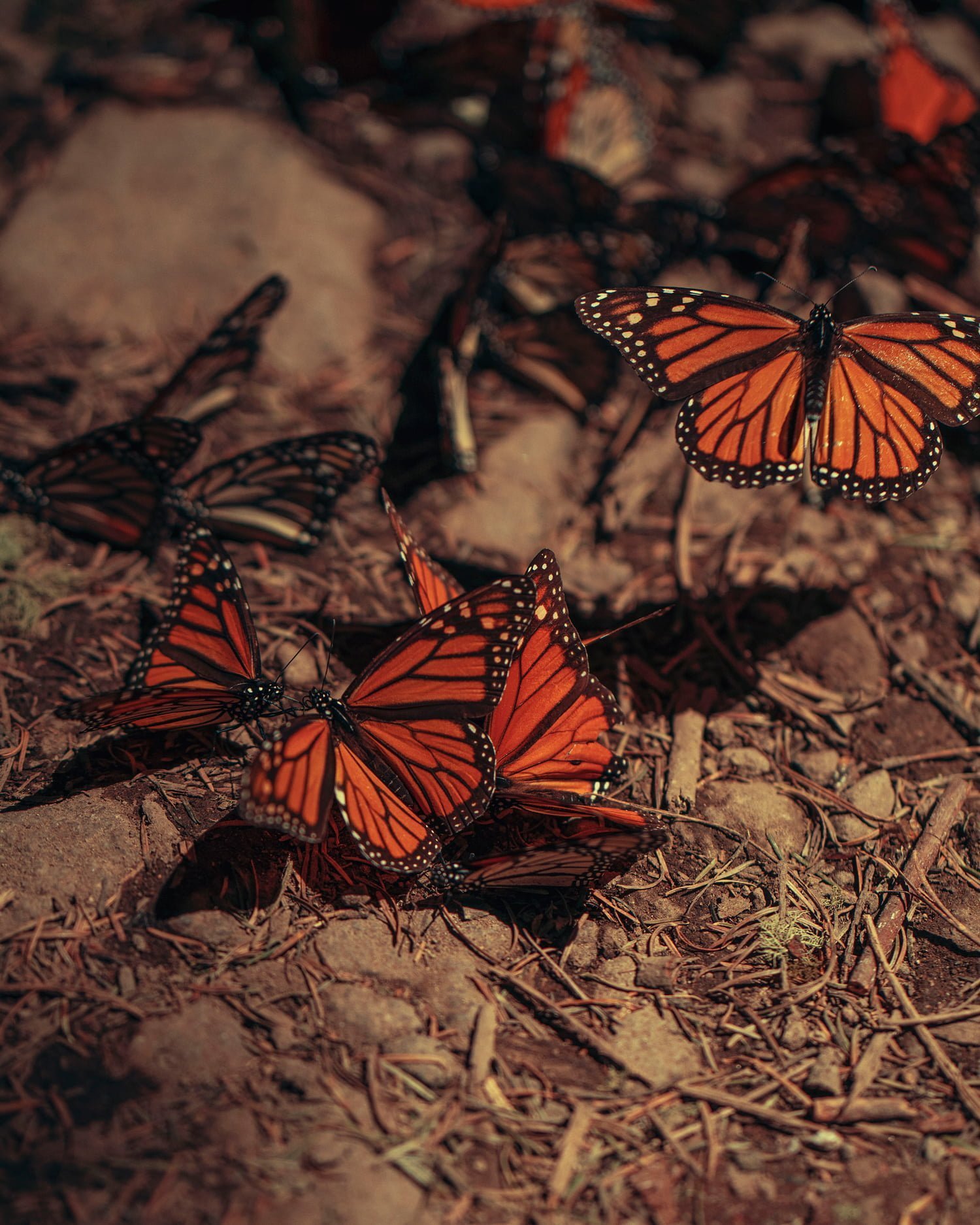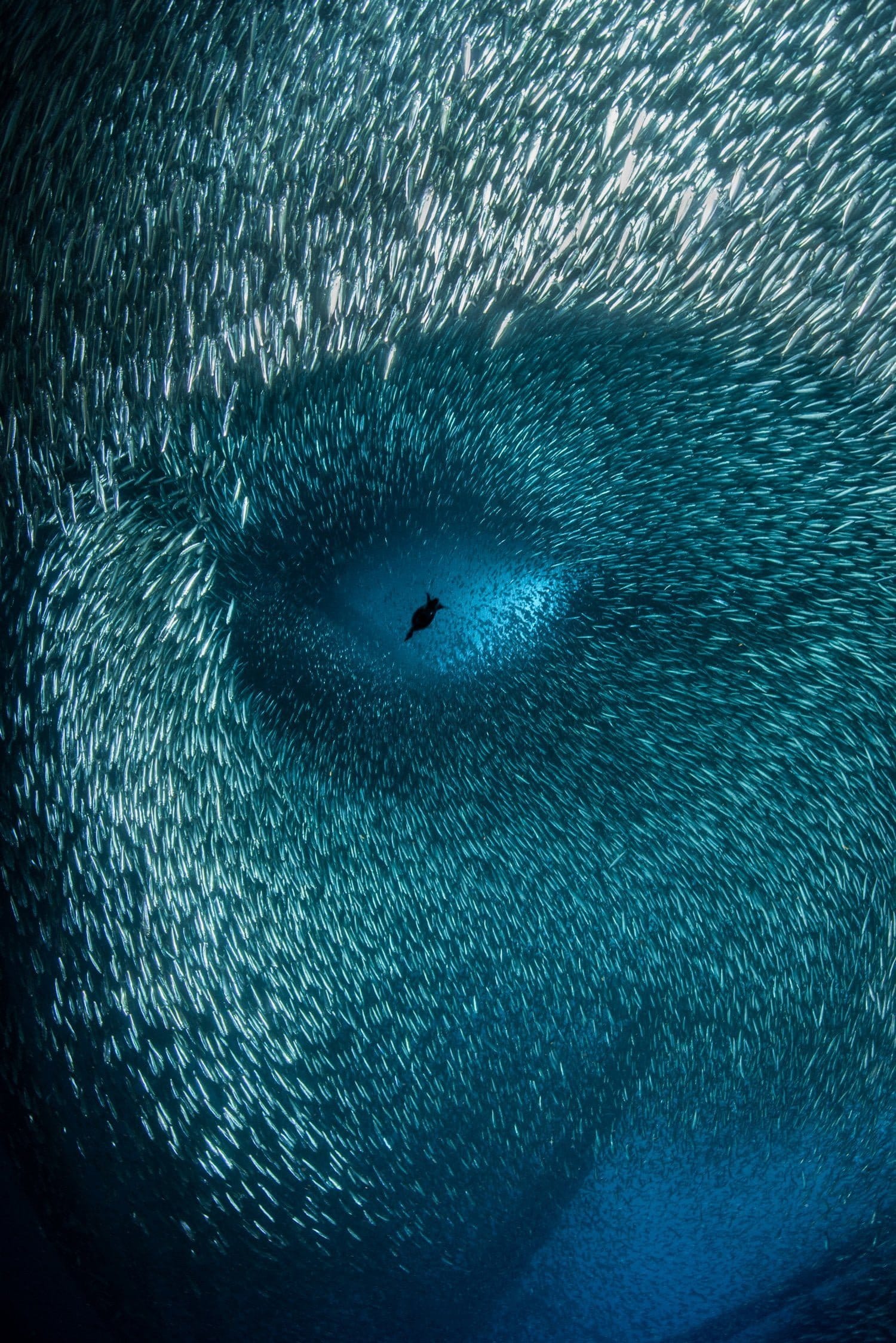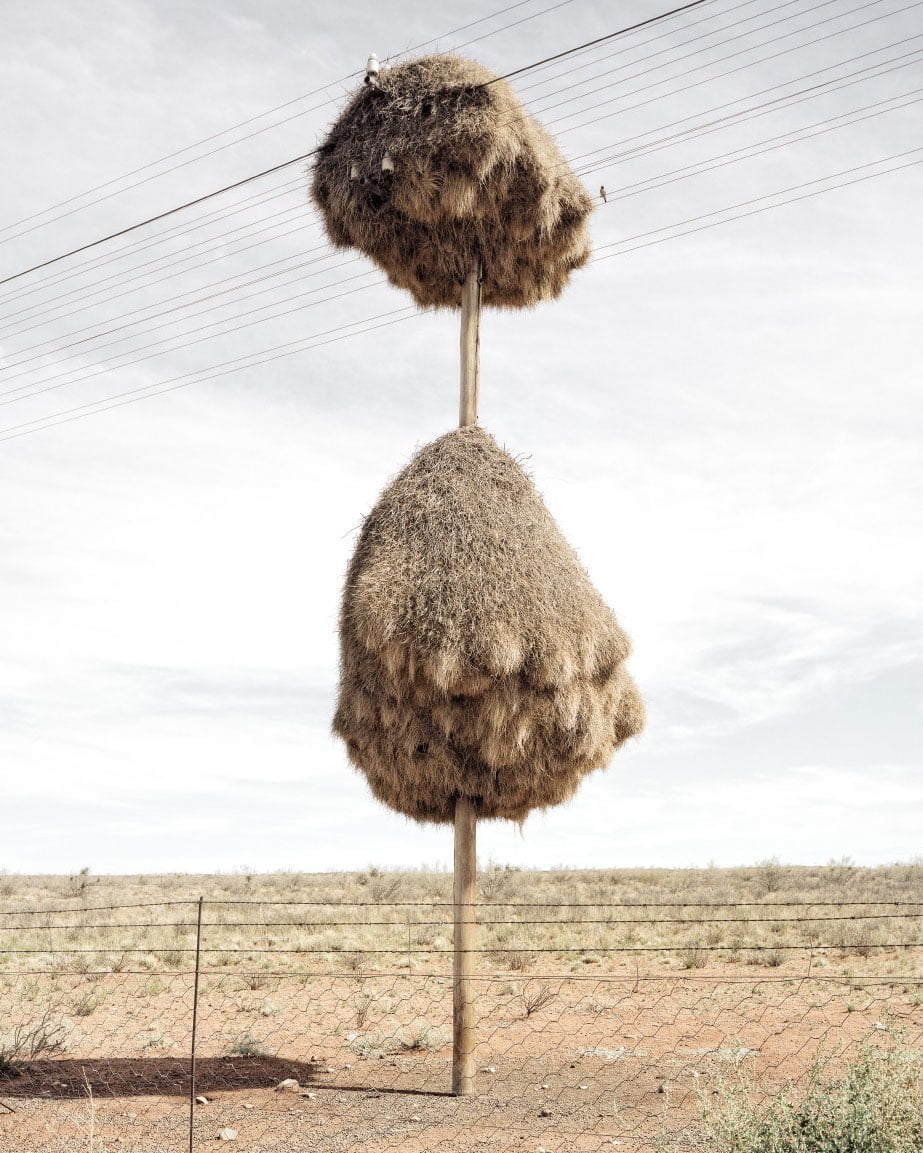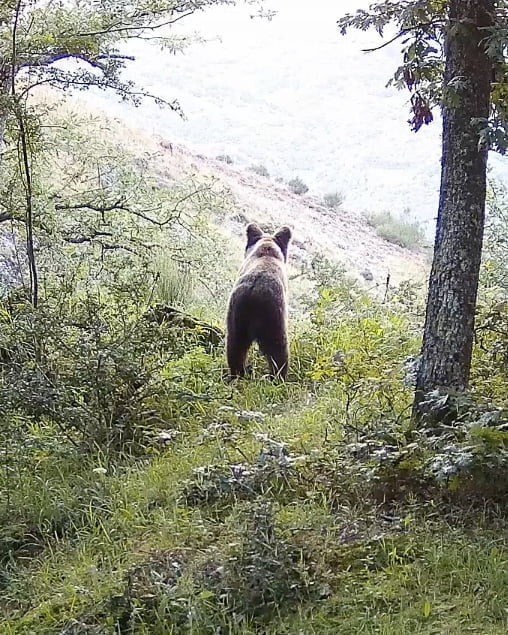Where can humanity find the imagination and inventiveness we need to overcome the climate crisis? We can start by looking at nature, say this Denmark-based art duo.
Seven cartwheel-sized circles of clear plastic resin line two walls of Gether Contemporary, a gallery in Copenhagen’s Meatpacking District. In them, foraged wildflowers, mushrooms and leaves are trapped as if in a flattened terrarium, their colours fading at the edges. In the first few circles, a few tiny air bubbles rush to the surface like beads. As the series progresses, more and more bubbles are present, a product of the interaction of the organic material with the plastic resin, a rushing feeling of panic accompanying them, as if the art itself can no longer breathe and the centre can no longer hold.
It’s the creation of artist duo Rhoda Ting and Mikkel Dahlin Bojesen, who work at the intersection of science, art and nature under the name Studio ThinkingHand.
“We started our entire practice because we were disappointed in the fact that we lack imagination,” said Rhoda. “We lack imagination beyond what the common, political and cultural narrative is of climate: that the world goes under or humans have to disappear. We wanted to open up a speculative imagination: we think there are many different possible ways of how things can be.”
A new piece by Studio ThinkingHand will be on sale at Imagine5’s AIR: Art Auction for Climate on Thursday 2 November at Brigade Gallery, Copenhagen. Proceeds go to the Danish Nature Fund.
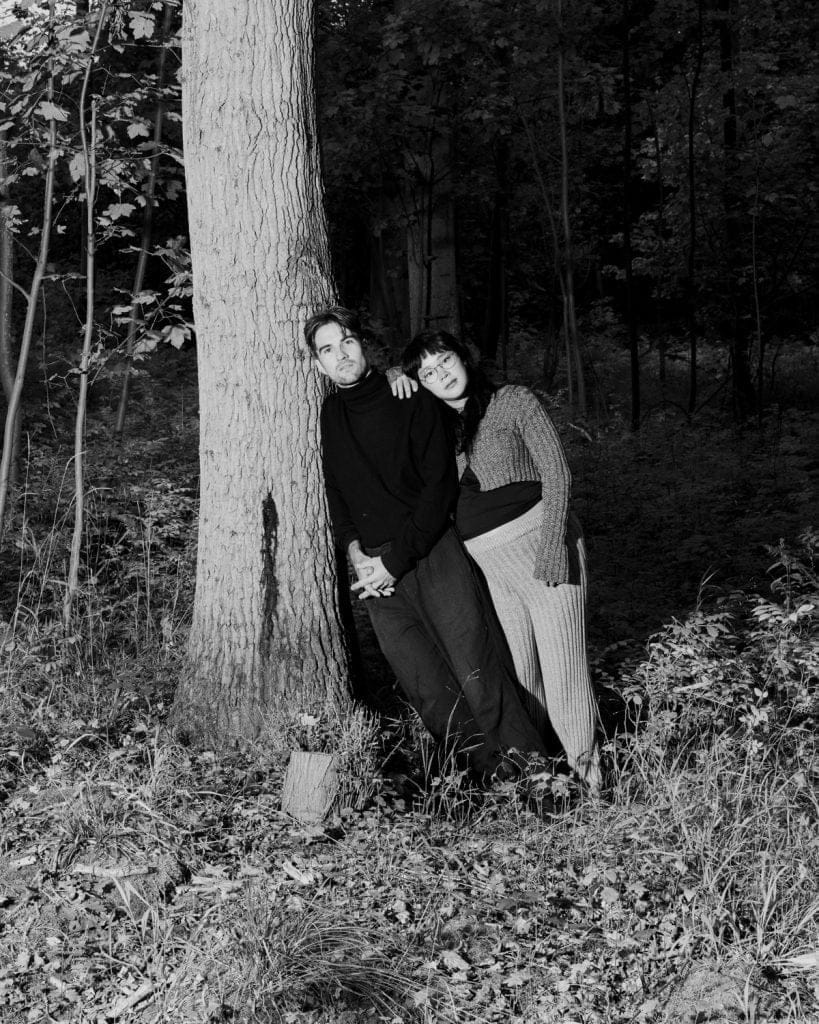

“We want to try to create relationships and open up the imagination”
Rhoda Ting
The gap between art and science
Their striking ideas include infusing glass sculptures of elephant, human and dolphin brains with fungi spores and seeing what develops; submerging oxidised iron plates into the sea to discover how they will interact with tidal patterns, and working with AI to create sculptures of the imagined hybrid species of the future. For those lucky enough to see their artwork first hand, the impression is immediate: both through remarkable visual experiences that showcase the creative beauty and power of nature, and in the stories they tell about climate change. But for all that, it’s a positive experience.
“We make it a point to stay away from dystopia and the idea of apocalypse,” said Rhoda. “We also really try to stay away from the critical gaze – even if there is something we are criticising, the work we do is more affirmative and speculative. We want to focus on trying to create relationships and open up the imagination.”
Studio ThinkingHand’s thoughtful process comes naturally – Mikkel studied art history with theology, while Rhoda has a masters in mental health – and philosophy is at the heart of their practice. This year they took part in Imagine5’s artists in residence programme hosted in Beaulieu-sur-Mer in the south of France, giving them the space to reflect and explore new themes.

Their exploratory science-meets-art approach has resulted in work with scientists, universities and biotechnology specialists as a way of experimenting with ideas around nature and the evolution of life on Earth.
One of the studio’s first projects was working with pharma and biotech firm Novozymes to look at how biology can be used to solve global problems including climate change. Through that project, they gained access to mycologists – researchers working with fungi – and developed the exhibition Evolutions, currently at Glas in Ebeltoft, Denmark, where spores are inoculated into glass-cast mammalian brains, making them unusually-shaped petri dishes for colourful cultures. It’s a way of playing with life forms, imagining alternative habitats and considering the future development of the planet.
“One of the things we realised very early was that scientists work with a deductive method – a critical method of proving their hypotheses,” said Mikkel. “But where does the hypothesis come from apart from imagination?” The gap between science and art, in other words, isn’t so vast, even if the outputs are different.


Voyage to the Arctic
The pair had a unique chance to explore that gap in summer 2022 when they accompanied a group of scientists on a research vessel in the High Arctic. Living aboard a boat which doubled as a floating lab and hotel, the pair were able to work with scientists studying life in the methane vents in the deep ocean, mapping the ocean floor and working with coral populations in the Arctic. They learned about life in extreme habitats, and about the scientific process itself.
“Something that came up was about the difference between knowledge and knowing, which is art and science in a way,” said Rhoda. “The scientists were using state-of-the-art incredibly expensive engineering technology, and needed to go on trips like this to further their careers. But they have huge archives of sediment that they don’t really go through. So the question is: is this kind of sustainability research actually sustainable? And what do we gain from this endless pursuit of knowledge?”
“Where do scientific hypotheses come from, apart from imagination?”
Mikkel Dahlin Bojesen

The trip resulted in an extraordinary project: Deep Time, a series of six glass tubes in which ocean floor sediment from up to 12,000 years ago is suspended, along with volcanic ash from Mount Etna and organic matter from Puglia and Sardinia, all illuminated by blue-purple lighting. They look like a snow globe paused in mid shake, a swirl of powder moving in water frozen in time, or a large test tube held up to the light under laboratory lighting. It’s both beautiful and deeply moving, skeins of fine dust and stone that tell an evolutionary story from before human civilisation, like looking at dust from the moon. This glimpse of deep time, a scale far removed from the human experience, is mesmerising.
Evolution goes on
This year the pair are also artists in residence for the European Marine Board, looking at life in extreme environments. The idea is to inspire wide-reaching societal change in terms of ocean sustainability, by expanding our understanding of the value of healthy oceans.
Future works include a project in the Egersund Fjord in Norway, where Studio Thinkinghand is working with local divers to submerge wood, glass and concrete into the fjord for six months to see what grows. The idea is to better understand how we can cohabit with nature, and how each of these materials provides something conducive to life at sea.
The continuing evolution of humankind as a species is a topic ever close at hand for the pair, who take inspiration from some of the world’s most humble organisms: mushrooms. They have, as Rhoda says, survived and thrived despite previous climate change situations, and continue to evolve at a fast pace.
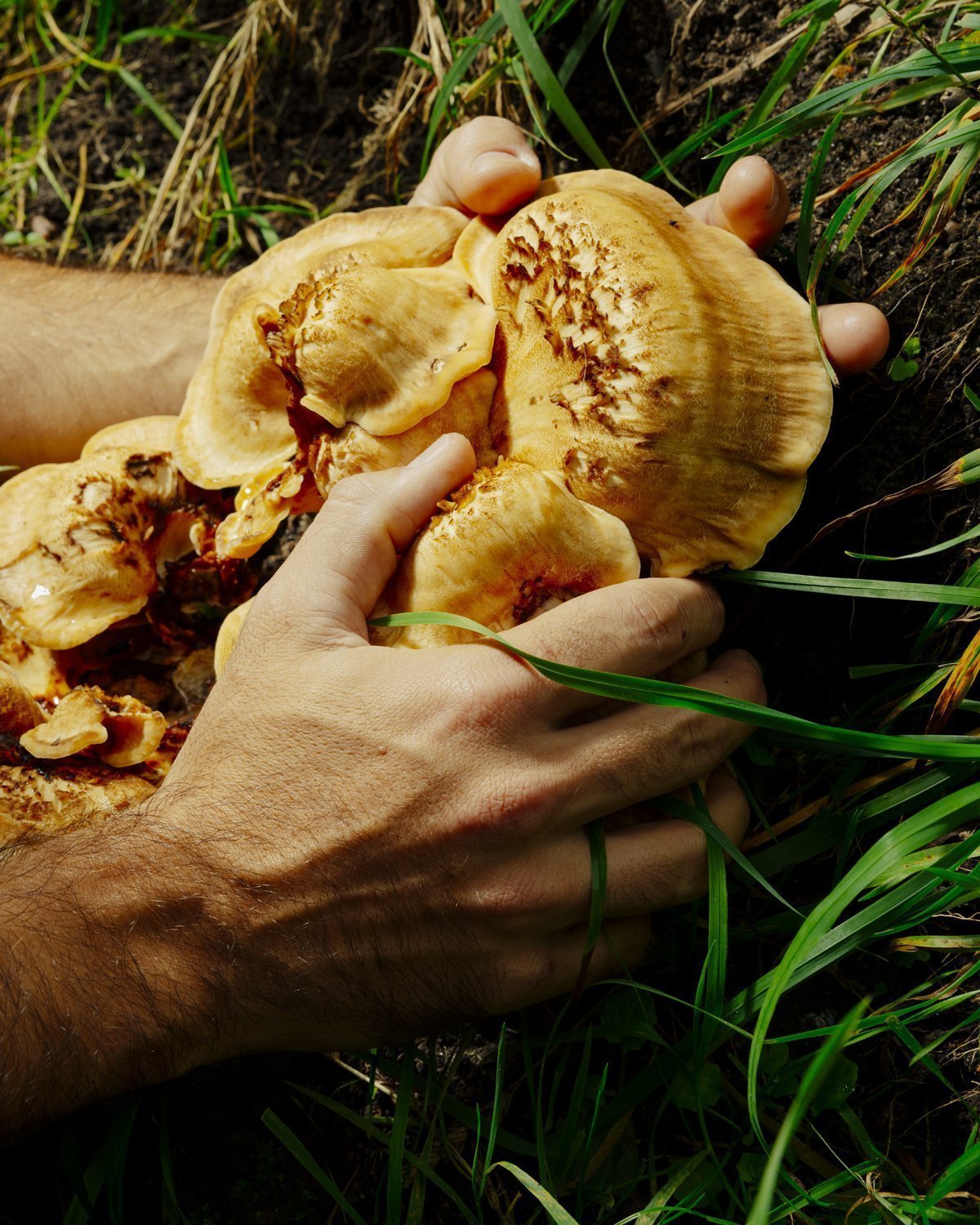
“I asked evolutionary biologist Tom Gilbert how we can be more like mushrooms,” said Rhoda. “His answer was that we have to have a lot more sex – because mushrooms, and all fungi, reproduce so fast, making them adaptable and good at evolving!”
“When you find out that mushrooms have over 20,000 genders and they are so diverse, it makes some of our political discussions about binary genders so stupid,” added Mikkel. “It is all a bit humbling and you just think: let’s just focus on mushrooms. People should be more like mushrooms.”
As their own art practice continues to evolve, Studio Thinkinghand contributes to a body of work that helps make science tangible, and poses big questions about humans’ place in the world, and the future of our species. And by bringing nature’s endless creativity into the artistic process, their work is testament to life’s talent for finding a way.
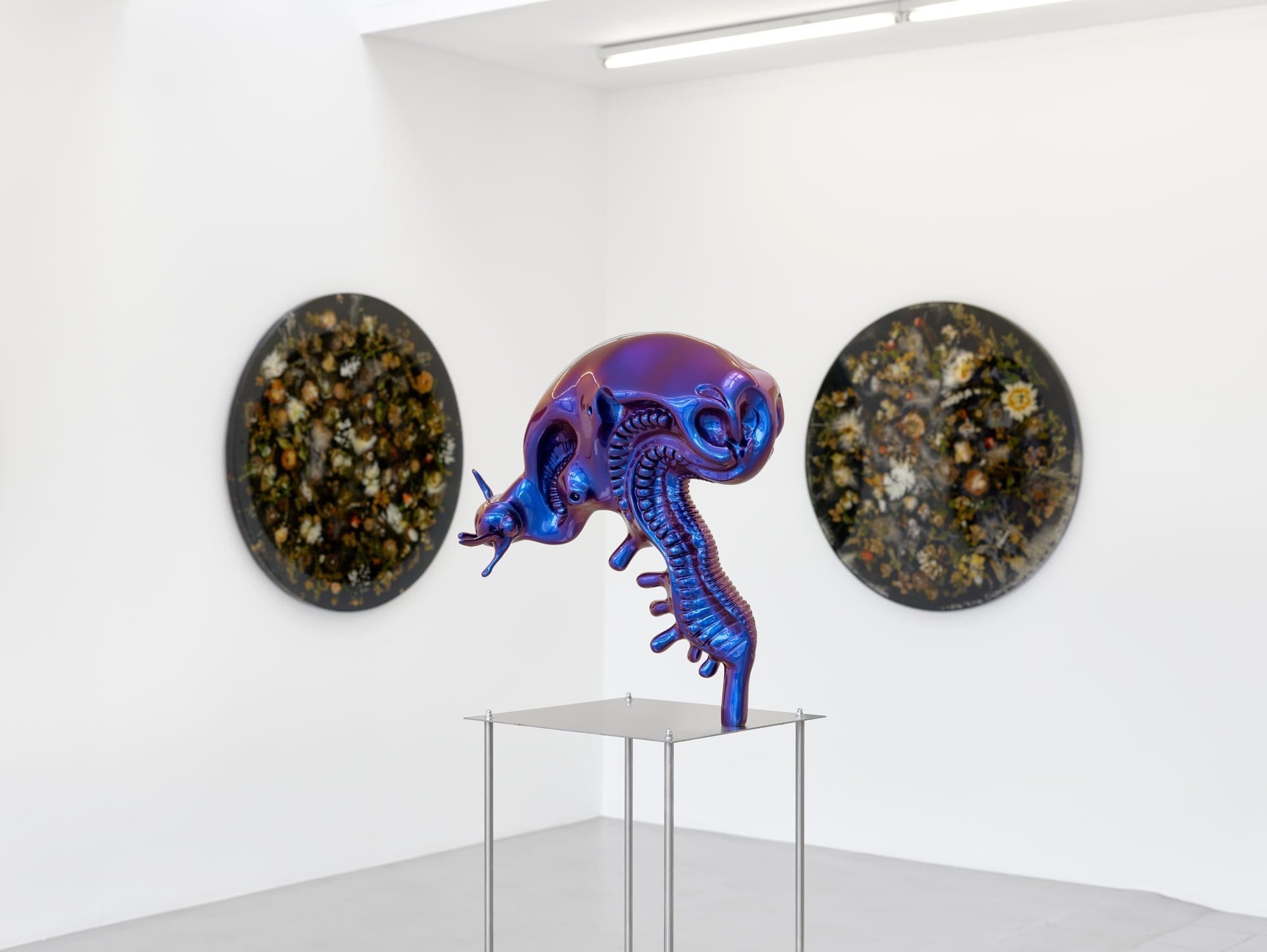















Dive in
Studio ThinkingHand has donated an art piece to AIR: Art Auction for Climate, Imagine 5’s auction taking place on Thursday 2 November at Brigade Gallery, Copenhagen. All proceeds go to the Danish Nature Fund, which works to buy, protect and restore nature throughout Denmark, publicly and for everyone.
Find out moreEvolutions runs at Glas in Ebeltoft, Denmark, until 7 January 2024.
Find out moreExtremophilia runs at Gether Contemporary in Copenhagen until 11 November 2023.
Find out moreCULTURE FOR CLIMATE
